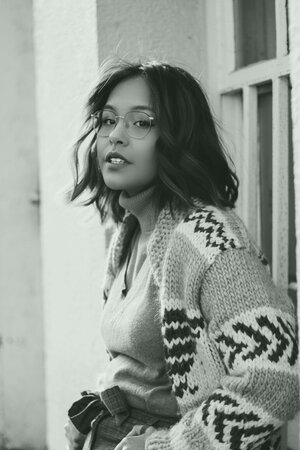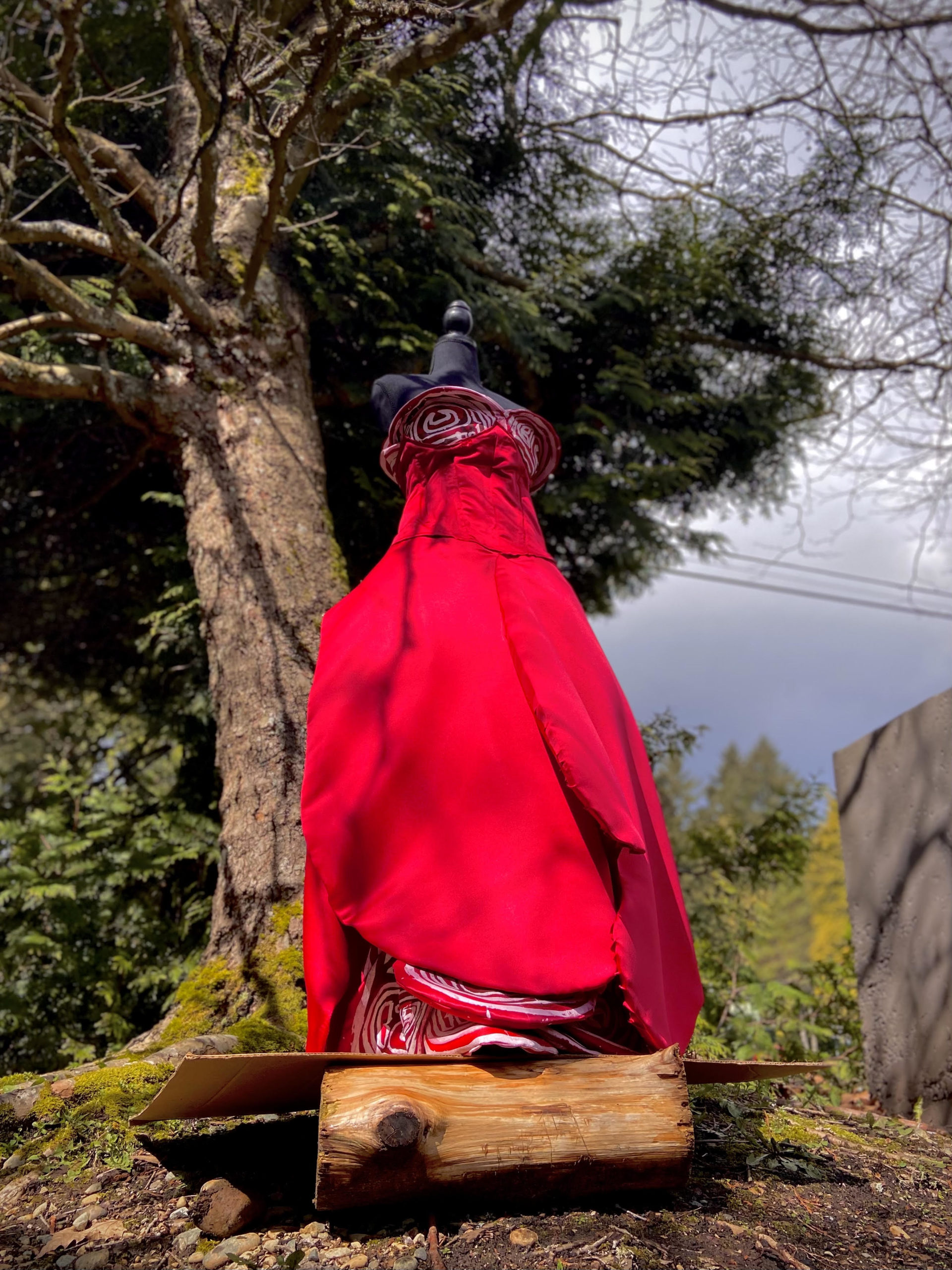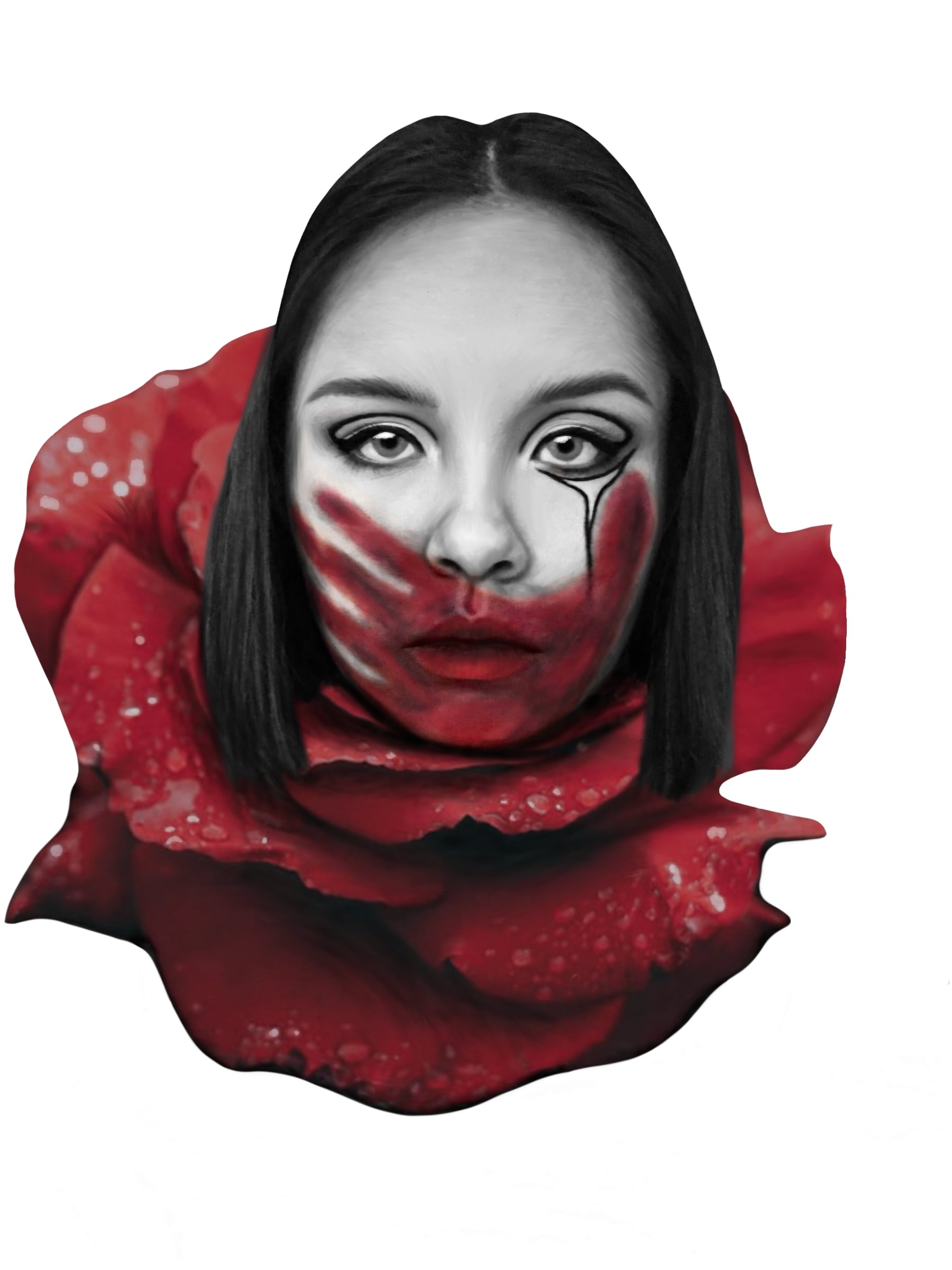Shaina Richelle is a Nisga’a artist from Laxgalts’ap. For her Emerging Artist Scholarship, Shaina worked with Gregory Ball at Vancouver Island University in screenprinting. Shaina’s Scholarship project references the REDress project originally initiated by artist Jamie Black as a response to the Missing and Murdered Indigenous Women in Canada. Shaina’s red dress combines elements that portray strength and resilience.
Pictures of Shaina’s Scholarship artwork will be uploaded soon.



Shaina Richelle (logo), 2020
“I don’t know an indigenous woman who has not know sexual harassment, abuse, or trauma. Everyone I know has a story, or two, or three.
At this point I wonder if it’s possible at all to not be just another statistic. When you’re 3 times more likely to experience violence, 3 times more likely to fear for your life, 4 times more likely to go missing, and makeup only 10% of Canada’s female population but make up 24% of the country’s homicides (reported in 2015, but the count has been lost), it’s almost an accepted fate that I will at some point again feel worthless inside uninvited hands, and so will every woman in my family, every sister, cousin, and niece. It has become apart of my life to assume every woman I meet has a story, but to never press for it. The worst part of the statistics is how drastic they are, yet they only include what was reported. Most women I know have little to no faith in our justice system (for good reason), and therefore never report. Some women are ashamed as if this trauma is their burden to carry, not their abuser’s, and simply never tell anyone. I learned young that flowers shouldn’t be touched or prodded as it will stunt its growth. I learned that the only time you should touch a flower is with caring hands, and of course if you pluck this flower you will kill it.
I also learned young the meaning and crucial effects of consent. My petals have been plucked, my care taken out of my own and grabbed by hands that don’t know how to be gentle enough, or didn’t care to, and I have been withheld from the love, care, and water I need. I want this flower figure to show the beauty that is the soul, fragile but able to regrow itself in its own decomposition.
The strength that exists in fragility is true and itself unbreakable.
My work reflects my experience as an indigenous, neurodivergent, bisexual woman in a colonial, capitalistic, and heteronormative world. Raised Nisga’a and trained contemporary, my work walks on a borderline between the two. What I create reflects my lived experience, the resilience of my heritage, and the forced adoption of Western methodologies. I work in historical and contemporary mediums, from intaglio to screen printing, pastels to digital drawings, traditional wood carving, and mixed-media sculpture. To openly and uncomfortably explore my mental health and trauma, so I may make a space comfortable enough for others to do the same. Express my rage and dissatisfaction with our country’s lack of accountability regarding colonial violence to validate others’. We put Canada on a pedestal for being a cultural mosaic, but this analogy isn’t accurate for the positive idea presented. It’s not for the acceptance and pride of each unique culture embedded in this country, but for the process of creating a mosaic; cultures shattered through assimilation into partial fragments that fit into the puzzle-pieced idea of western culture, built for and by straight, cis, European men. I want to reclaim the stolen pieces that are my birthright and utilize the parts of western culture shoved onto my people to create a mosaic that authentically represents my experience.
Being myself out loud on a continent dedicated to making me do the opposite is radical.”
– Shaina Richelle Stephens